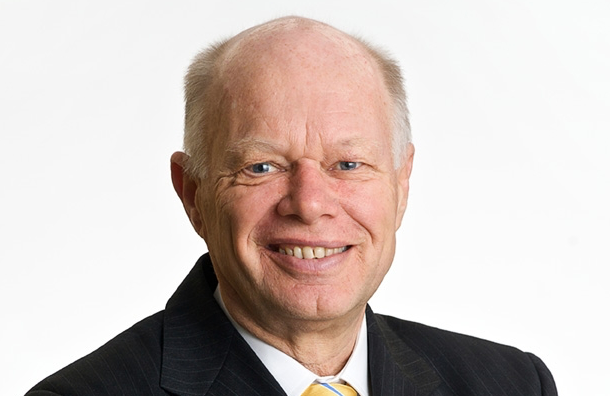SMEs – the label that’s killing our growth

The medium sector is not officially recognised and by lumping medium enterprises in the SME label they are totally forgotten. Mid size business owner Mike Rich says it is now time to make a change.
I was asked to write this blog as a frustrated expert on medium businesses. To identify some of the key issues and potential solutions as a prelude to the September 7 – 8 GAP Conference. What I don’t want to see is a talk feast by a few speakers who then bolt for the door. Or time wasting on definitions when it’s more about aspirations than whether they have 20 plus staff or over $2 million revenue. Building a stronger medium business sector is not that difficult if we get our act together.
I have worked with medium businesses for over 40 years, including (1) co-founding Attaché Software who are the leading local supplier of accounting and payroll software to this sector. We are a medium business ourselves so we eat our own dog-food; and (2) I am the co-founder of the NFP M-Institute (ANZ) and we have spent over $2 million studying this sector.
Let’s start with a key issue – we don’t even officially recognise there is a medium sector. Our use of the term SME is erroneous. Originally SME was small and micro enterprises. By lumping medium enterprises in the SME label they are totally forgotten. They have no similarity what-so-ever with small businesses. Medium businesses are more like large businesses in nearly every respect except they lack their depth of resources.
The second issue is commentators and governments focus on physical rather than economic numbers. Probably because of their concern for readership and votes, but numbers miss the point. There’s over 2 million businesses across Australia. About 95% are small and nearly 70% have no staff. There are under 100,000 medium businesses, while large business numbers are under 10,000. Despite this gross imbalance, the three distinct sectors – small, medium and large – each provide around a third of total revenue and employment. Looking only at the number of businesses has misdirected our energy to just a third of our economy. The consequences are particularly bad in regional areas where medium businesses are the life blood of the local community.
Recognising the three distinct sectors would also help create more balanced and bipartisan economic discussion and policy. Currently it is grossly overweight on small and start-ups which also damages confidence in two thirds of our economy. Medium business owners, like myself and those I represent, don’t seek special favours but we certainly want recognition of our economic importance and a level playing field. Some call it the forgotten child syndrome.
A recent survey across 22 European countries also supports my view. It concluded medium businesses were growing at 16% per annum verse 1.5% overall. But despite punching well above their weight, 90% said they face barriers to reaching their full potential. At the NFP M-Institute (ANZ) we believe all medium businesses face these six barriers to a varying degree: time to think, cash flow, succession, sales growth, digital technology and affordable assistance. We are endeavouring to build a trusted resource hub to assist them, along with key-note speakers and free business improvement guides.
Attaché also assists initiatives like the new ATO payroll reporting requirements. We have created a free video brochure and guide to assist medium businesses who are impacted the most. On the positive side, it also provides an opportunity for them to improve the performance and value of their business. Contact me if you’d like to know more about any of this or check out the following podcast which goes into more detail: https://smeradio.com.au/mmm-episode-one/.
I’ll also be at the GAP Summit on September 7th and 8th where we may get a chance to talk further.
Mike Rich is an expert on helping medium businesses improve their performance. He co-founded Attache Software (one of our first IT start-ups) to provide their core business systems and remains the top provider today. More recently, he co-founded and sponsors the NFP M-Institute (ANZ) to help address their barriers through a research and a trusted resource community. Accolades include Best Business Leader, numerous key-note speaker roles, business improvement guide author and business awards judge.






